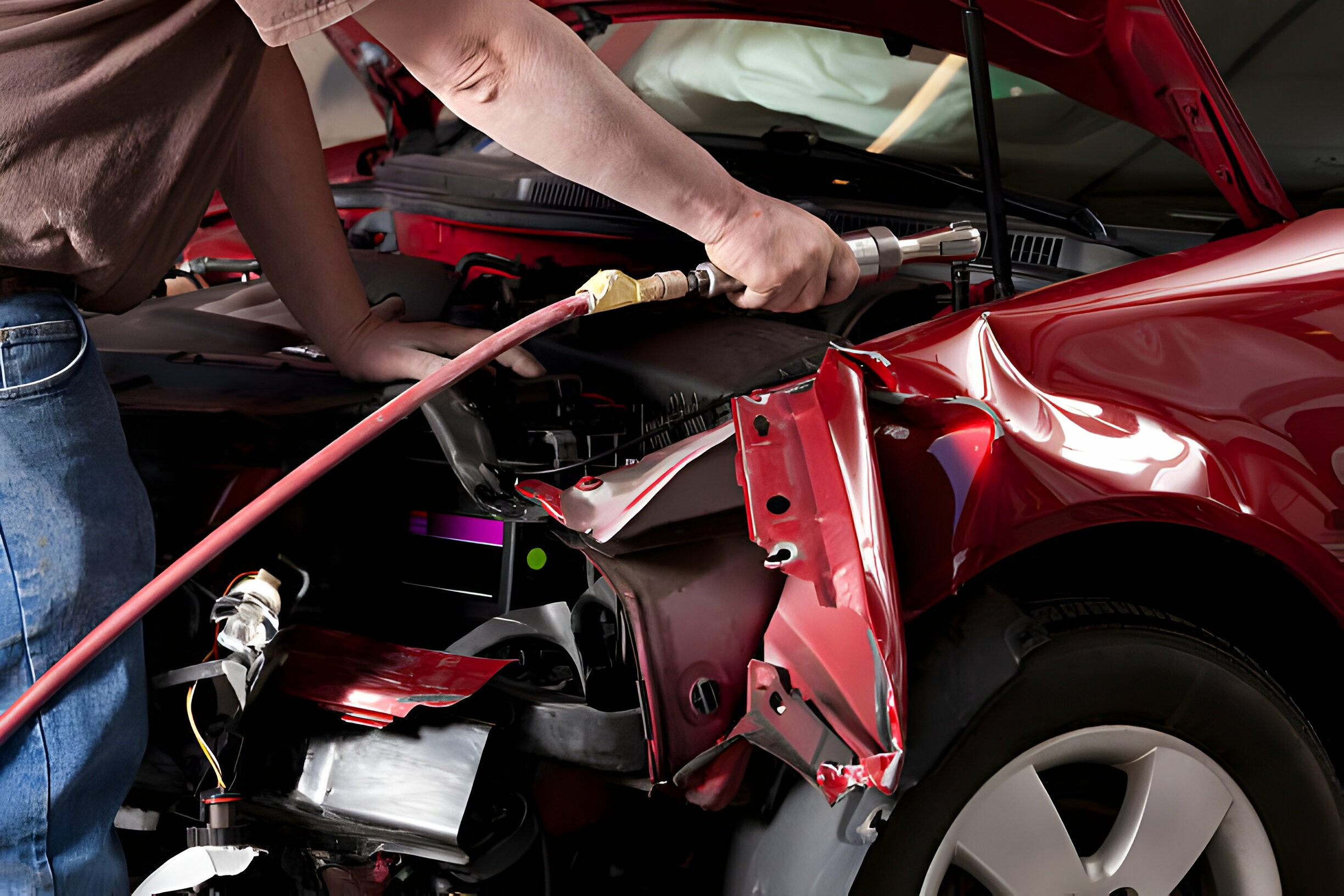
Our Vehicle Repair & Restoration Process in Sydney
Certainly! “Repair Process” in the context of automotive smash repair involves restoring vehicles that have been damaged in accidents or collisions back to their original condition. This encompasses a range of tasks and processes, including:
Assessment and Estimation: Technicians assess the damage to the vehicle and provide an estimate of the repair costs to the customer and/or insurance company.
Disassembly: The damaged parts of the vehicle are removed to facilitate repair process. This may involve disassembling panels, removing components, and preparing the vehicle for repair.
Repairing Structural Damage: In cases where the vehicle’s frame or structure has been compromised, specialised equipment and techniques are used to repair or replace damaged components, ensuring the vehicle’s structural integrity.
Body Panel Repair: Damaged body panels are repaired using techniques such as welding, dent pulling, or panel replacement. Skilled technicians work to restore the vehicle’s exterior to its pre-accident condition.
Paint Preparation: The repaired areas are prepared for painting, which involves sanding, priming, and smoothing the surfaces to ensure a flawless finish.
Painting: The vehicle is painted using a spray booth to achieve an even, professional finish. This may involve blending the new paint with the existing paint to ensure a seamless appearance.
Assembly: Once the paint has dried, repaired and replaced parts are reinstalled, and the vehicle is reassembled.
Quality Control: The vehicle undergoes a thorough inspection to ensure that all repairs have been completed to a high standard. Any necessary adjustments or touch-ups are made to ensure customer satisfaction.
Final Detailing: The vehicle is cleaned, polished, and detailed to give it a showroom-quality appearance before being returned to the customer.
Throughout the repair process, technicians adhere to industry standards and best practices to ensure the safety, reliability, and quality of the repairs.
